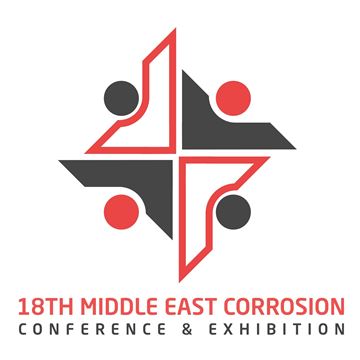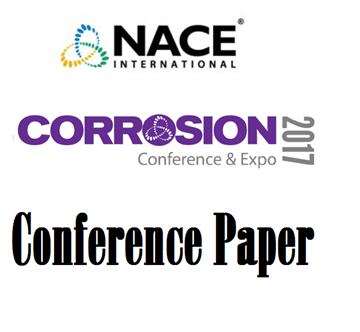Search
Products tagged with 'corrosion'
View as
Sort by
Display
per page
Investigating the Interaction of Brine Solutions and Diluted Inhibited HCl Acid on Coiled Tubing Steel Corrosion
Product Number:
51320-14596-SG
Publication Date:
2020
$20.00
Investigation & Mitigation Of Corroding Unbonded Post-Tension Tendons
Product Number:
51322-17781-SG
Publication Date:
2022
$20.00
Investigation of Polymeric Elastomers for Cavitation and Erosion Resistance
Product Number:
51323-18950-SG
Publication Date:
2023
$20.00
Investigation of the Corrosion Performance of Stainless Steel and Low Alloy Steel Sucker Rod Materials in Aggressive Environments
Product Number:
51320-14321-SG
Publication Date:
2020
$20.00
Investigation of the Electrochemical Behavior of Al-Zn-Bi based Sacrificial Anode in Artificial Seawater
Product Number:
51323-19472-SG
Publication Date:
2023
$20.00
IOW Analysis With Installed UT Sensors: How Process Changes Impact Corrosion Rates
Product Number:
51322-17611-SG
Publication Date:
2022
$20.00
IOW Analysis with Wireless UT Sensors: How Changes Impact Corrosion Rates
Product Number:
MECC23-20018-SG
Publication Date:
2023
$20.00
Is the Standardized SSC Testing Approach Applicable for Dense Phase CO2 Applications?
Product Number:
51324-20933-SG
Publication Date:
2024
$40.00
Laboratory experiments vs Field experience – Localized corrosion performance of lean duplex stainless steel UNS S32202 in municipal wastewater treatment plants
Product Number:
51323-19159-SG
Publication Date:
2023
$20.00
Laboratory Study of Internal Corrosion and Cathodic Protection Concerns Related to Offshore Monopile Structures
Product Number:
51323-18894-SG
Publication Date:
2023
$20.00
Lack-of-Fusion-like Root Flaws in Stainless Steel Welds
Product Number:
51317--9111-SG
ISBN:
9111 2017 CP
Publication Date:
2017
$20.00
LAY-UP CONSTRUCTABILITY CHALLENGES IN CROSS COUNTRY GAS PIPELINES
Product Number:
MPWT19-15299
Publication Date:
2019
$0.00












